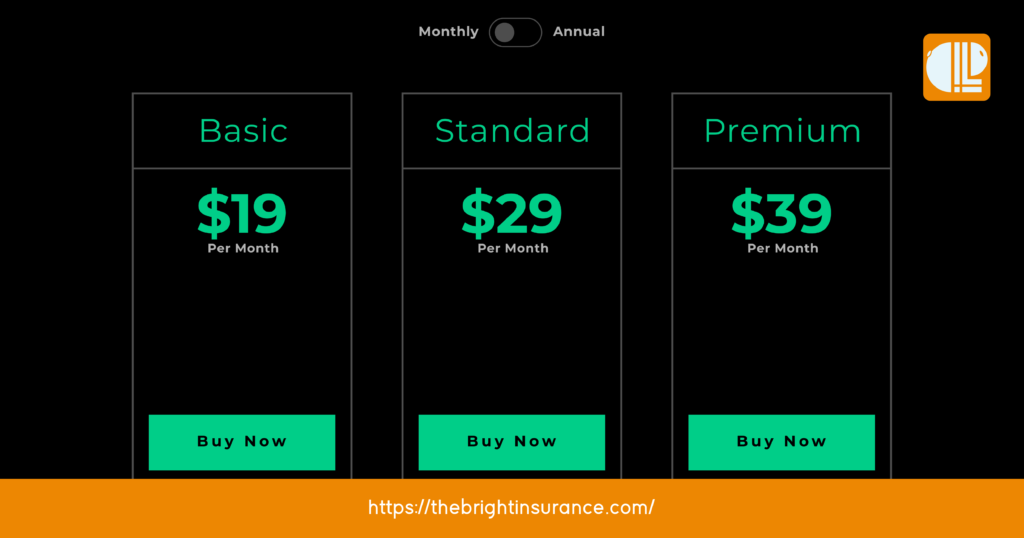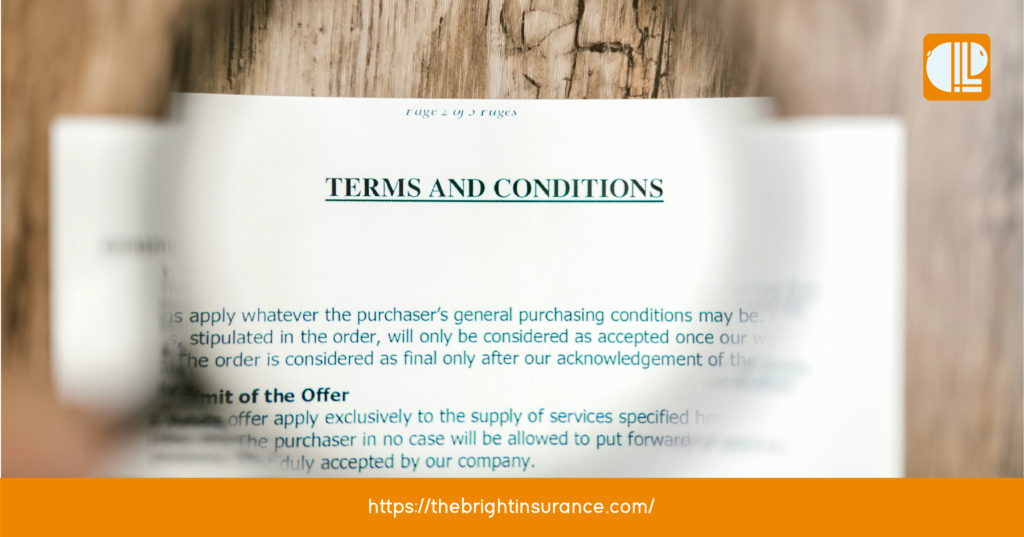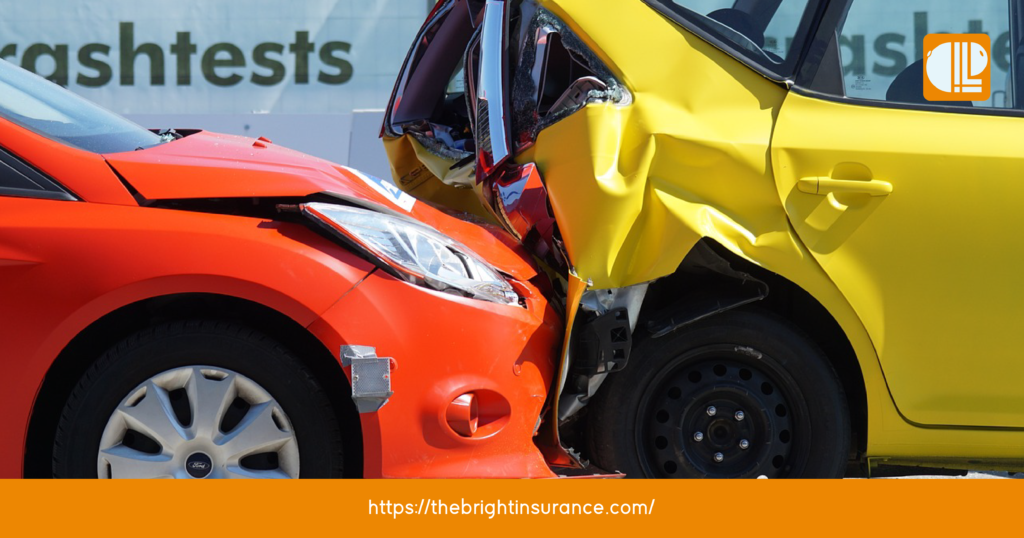Are you a young driver in Texas looking for affordable auto insurance? Navigating the insurance landscape can be challenging, especially for those just starting their driving journey. This guide breaks down essential information to help you find the right auto insurance. You’ll learn how to find a policy that fits your budget while meeting your specific needs.
Understanding Auto Insurance for Young Drivers

Before diving into specifics, it’s critical to understand the basics of auto insurance. Young drivers must familiarize themselves with key terms and concepts. This knowledge helps you make informed decisions when shopping for auto insurance.
Auto insurance is a contract between you and an insurance company. It provides financial protection in case of accidents, theft, or other unexpected events. The coverage includes damages to your vehicle, medical expenses, and liability for injuries or property damage you may cause to others.
Breaking Down Key Terms
When exploring auto insurance options, you’ll encounter terms like deductibles, premiums, liability coverage, and comprehensive coverage. Here’s a breakdown of these terms:
- Deductibles: The deductible is the amount you must pay out of pocket before your insurance kicks in. For example, if you have a $500 deductible and $1,000 in repairs, you pay $500. The insurance covers the remaining $500. A higher deductible usually lowers your premium but increases your upfront costs in case of a claim.
- Premiums: Premiums are regular payments (monthly, quarterly, or annually) you make to maintain your policy. Your premium depends on factors like age, driving record, vehicle type, and location. Young drivers often face higher premiums due to their perceived higher risk.
- Liability Coverage: Liability coverage protects you financially if you cause an accident that injures others or damages property. It typically includes bodily injury liability, which covers medical expenses and lost wages for the injured party. It also includes property damage liability, covering the repair or replacement of damaged property.
- Comprehensive Coverage: Comprehensive coverage protects against non-collision damages, such as theft, vandalism, fire, or natural disasters. It also covers damages from incidents like hitting an animal or falling objects.
Understanding these terms helps you navigate the complex landscape of auto insurance and select the right coverage.
Why Young Drivers Often Pay More for Auto Insurance

Young drivers usually pay more for auto insurance than older, more experienced drivers. But why?
The primary reason is the perceived risk associated with younger drivers. Statistics show young drivers are more likely to be involved in accidents, making them higher-risk individuals. Inexperience and risk-taking behaviors often lead to more accidents and claims, raising insurance rates.
Insurance companies also consider the type of vehicle young drivers typically drive. Sports cars and high-performance vehicles are usually more expensive to insure due to their higher risk of accidents and theft.
Another factor is the lack of a driving history. Insurance companies rely heavily on driving records to assess risk. Without a proven safe driving record, young drivers are often viewed as higher risk. This lack of history makes it difficult for insurers to predict claim likelihood, leading to higher premiums.
Additionally, young drivers may have limited credit history, affecting insurance rates. Many insurance companies consider credit scores when determining premiums, as they see a correlation between financial responsibility and risk. A lower credit score may lead to higher premiums due to the perceived higher risk.
While it might seem unfair that young drivers pay more for auto insurance, insurers base their rates on statistical data and risk assessment. As you gain more experience and establish a solid driving record, your insurance rates will likely decrease.
You might like: Best Car Insurance for High-Risk Drivers with Bad Credit
Factors Influencing Auto Insurance Rates for Young Drivers in Texas
Now that you understand the basics, let’s explore the factors influencing auto insurance rates for young drivers in Texas. Knowing these factors helps you make informed decisions and potentially save money on premiums.
Age and Driving Experience

Your age and driving experience significantly impact your insurance rates. Younger drivers with limited experience are often considered higher risk, resulting in higher premiums. Statistics show younger, less experienced drivers are more likely to be involved in accidents.
Insurance companies also consider the age at which you obtained your driver’s license. If you started driving younger, you might have a longer driving history, which can work in your favor. Additionally, some insurers offer discounts to young drivers who complete driver’s education or defensive driving courses.
For instance, a defensive driving course covers essential skills like hazard recognition and maintaining safe following distances. Successfully completing such a course can make you more attractive for lower insurance rates.
Vehicle Type and Insurance Costs

The type of vehicle you drive significantly affects your insurance costs. Sporty cars or luxury vehicles generally have higher insurance costs due to higher repair and replacement costs. Insurers consider parts and labor costs when determining premiums for these vehicles.
Choosing a safe, reliable, and less expensive vehicle can help reduce insurance expenses. Vehicles with high safety ratings and features like anti-lock brakes and airbags are often viewed favorably by insurers, leading to lower premiums.
When selecting a vehicle, consider not only the upfront cost but also the long-term costs associated with insuring it. Research and compare insurance quotes for different vehicles to see how your choice affects premiums.
Location and Its Impact on Insurance Rates

Where you live in Texas can significantly impact your insurance rates. Urban areas with higher traffic congestion and crime rates usually have higher premiums than rural areas. The likelihood of accidents and theft is generally higher in densely populated areas.
If you live in a city like Houston or Dallas, you might find higher premiums than someone in a smaller town. This is due to the increased risk of accidents and vehicle theft in larger cities.
When deciding where to live, consider the potential impact on your insurance rates. While not everyone can choose their location based on insurance costs, being aware of potential differences helps you plan accordingly.
Insurance rates can also vary within the same city or town. Factors like the number of accidents and thefts reported in your specific neighborhood can influence your premiums. Research and compare rates for different areas within your city before deciding.
Practical Tips to Lower Auto Insurance Rates for Young Drivers
Understanding the factors influencing your insurance rates is a great start. But what can you do to lower your premiums? Here are practical tips to help you save on auto insurance:
Good Student Discounts

Many insurance companies offer good student discounts for young drivers with good grades. If you’re a diligent student, inquire about these discounts when shopping for insurance. These discounts are available to high school and college students who maintain a certain GPA.
This discount rewards your academic achievements and incentivizes you to prioritize your studies. By demonstrating responsibility in your education, insurers view you as a lower-risk driver, potentially saving you on premiums.
For example, if you’re a full-time student maintaining a B average or higher, you might qualify for up to a 25% discount on your auto insurance premium. Over time, this can lead to significant savings.
Defensive Driving Courses

Completing a defensive driving course shows insurers you’re committed to being a safe driver. These courses teach valuable skills that reduce the risk of accidents, making you more favorable for lower insurance rates.
Defensive driving courses cover hazard recognition, safe following distances, and proper response to unexpected situations. By completing these courses, you enhance your driving skills and show insurers you’re proactive in minimizing risks.
Some insurers offer discounts specifically for drivers who have completed defensive driving courses. These discounts can vary but can lead to significant savings. For instance, you might see a reduction of up to 10% on your premium after completing a defensive driving course.
Choosing the Right Vehicle

As mentioned earlier, the vehicle you choose significantly impacts your insurance costs. Choose a safe, reliable vehicle that’s less expensive to repair. Vehicles with advanced safety features may qualify for additional discounts.
When selecting a car, consider factors like safety ratings, crash test results, and anti-theft features. Vehicles known for safety and reliability are often favored by insurers, leading to lower premiums.
Before purchasing a vehicle, obtain insurance quotes for different models to see how your choice affects premiums. A more modest vehicle can save you on insurance costs over time.
Bundling Insurance Policies

If you have multiple insurance needs, like renters insurance or homeowners insurance, consider bundling policies with the same provider. Many companies offer discounts for bundling, leading to significant savings.
For example, if you already have renters insurance, inquire about adding auto insurance to your existing policy. Bundling policies may make you eligible for a discount on both your auto and renters insurance premiums.
This strategy simplifies insurance management by consolidating policies with one provider and results in overall cost savings.
Comparing Quotes from Multiple Providers

One of the most effective ways to find affordable auto insurance is by comparing quotes from multiple providers. Each insurance company has its own criteria for determining premiums, so shop around and get quotes from several providers before deciding.
When comparing quotes, consider not only the premium amount but also coverage options and deductibles. Choose a policy that provides adequate coverage while fitting your budget.
Ask about any available discounts or special programs for young drivers. Some insurers offer discounts for students, driver’s education courses, or maintaining a clean driving record.
Comparing Auto Insurance Providers in Texas
With all this information in mind, it’s time to start comparing auto insurance providers in Texas. Here’s what you should consider:
Evaluating Coverage Options

When comparing providers, carefully evaluate their coverage options. Consider how much coverage you need based on your driving habits, vehicle value, and financial situation.
For example, if you have a new or expensive vehicle, consider comprehensive coverage protecting against a wide range of risks. On the other hand, if you drive an older vehicle with lower market value, basic liability coverage may be enough.
Some providers offer optional add-ons like roadside assistance, rental car reimbursement, or uninsured motorist coverage. While these add-ons provide additional peace of mind, they can also increase your premium. Weigh the benefits against the costs.
Understanding Policy Terms and Conditions

Before committing to a policy, thoroughly read and understand the terms and conditions. Pay attention to details like deductibles, coverage limits, and any exclusions that may apply.
For instance, some policies have high deductibles, meaning you’ll pay more out of pocket before coverage kicks in. Additionally, be aware of any coverage limitations or exclusions that could affect your ability to file a claim in certain situations.
Understanding your policy’s fine print helps you avoid surprises and ensures you have the coverage needed in case of an accident.
Navigating Texas Auto Insurance Laws
In addition to comparing providers, it’s crucial to understand Texas auto insurance laws to ensure compliance and protection. Keep these key points in mind:
Minimum Coverage Requirements

Texas law requires all drivers to carry minimum liability coverage. The minimum limits are $30,000 for bodily injury liability per person, $60,000 for bodily injury per accident, and $25,000 for property damage liability per accident.
These minimum limits provide a basic level of protection. Depending on your circumstances, you might consider purchasing additional coverage. If you’re involved in a serious accident with significant injuries or property damage, minimum coverage may not cover all expenses.
Consequences of Uninsured Driving

Driving without insurance in Texas is illegal and can result in serious consequences. If caught driving without insurance, you could face fines, suspension of your license, and even vehicle impoundment.
Driving uninsured also puts you at significant financial risk. If you’re involved in an accident and found at fault, you’ll be responsible for covering damages and injuries out of pocket. This can be financially devastating, especially if the accident results in significant medical expenses or property damage.
Maintaining valid auto insurance helps you comply with the law and provides essential financial protection in the event of an accident. It ensures you’re able to cover costs of damages and injuries, protecting both yourself and others on the road.
Conclusion
As a young driver in Texas, finding affordable auto insurance may seem challenging, but it’s entirely possible with the right approach. By understanding the factors influencing your insurance rates, using cost-saving strategies, and comparing providers, you can strike the right balance between cost and coverage.
Remember, auto insurance is not just a legal requirement but a crucial financial safeguard protecting you and others on the road. Start your journey today with the knowledge and confidence to make the best choice for your situation. Safe driving!
Also read: Motorcycle Accident Settlement Guide: Steps to Maximize Your Compensation
Frequently Asked Questions
1. Why is auto insurance more expensive for young drivers in Texas?
Auto insurance is pricier for young drivers because they are seen as high-risk due to their inexperience and a higher likelihood of accidents. Additionally, the type of vehicle and lack of a driving history can further increase premiums.
2. What factors affect auto insurance rates for young drivers in Texas?
Key factors include age, driving experience, vehicle type, and location. Younger, less experienced drivers typically face higher rates, especially if they drive high-performance vehicles or live in urban areas with higher accident and theft rates.
3. How can young drivers in Texas lower their auto insurance rates?
Young drivers can lower their rates by maintaining good grades for student discounts, completing defensive driving courses, choosing a safer, more reliable vehicle, and shopping around for the best insurance rates.
4. What are the minimum auto insurance coverage requirements in Texas?
Texas requires minimum liability coverage of $30,000 for bodily injury per person, $60,000 per accident, and $25,000 for property damage. These are the basic legal requirements for all drivers in the state.
5. What happens if I drive without insurance in Texas?
Driving without insurance in Texas is illegal and can result in fines, license suspension, and vehicle impoundment. Additionally, if you’re involved in an accident without insurance, you would be personally liable for damages, which could be financially devastating.
6. Are there discounts available for young drivers in Texas?
Yes, many insurance providers offer discounts for young drivers who maintain good grades, complete driver’s education or defensive driving courses, or drive vehicles with advanced safety features.
7. How do I choose the right auto insurance provider in Texas?
To choose the right provider, compare coverage options, understand policy terms, and consider any additional features or discounts offered. Reading the fine print, including deductibles and exclusions, is essential to ensure you get the coverage you need.








Very useful article!
Love From UAE
Thanks alot
The articles are not just informative but also engaging. The real-life examples and scenarios make the content relatable and interesting to read.
Hi i think that i saw you visited my web site thus i came to Return the favore I am attempting to find things to improve my web siteI suppose its ok to use some of your ideas
Right now it appears like Expression Engine is the top blogging platform available right now. (from what I’ve read) Is that what you’re using on your blog?